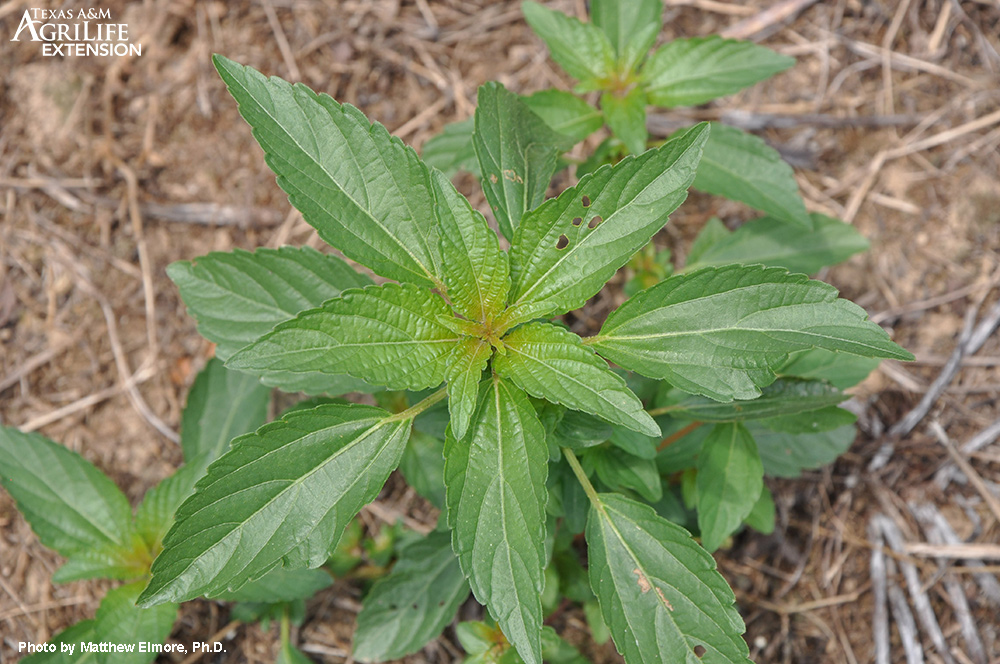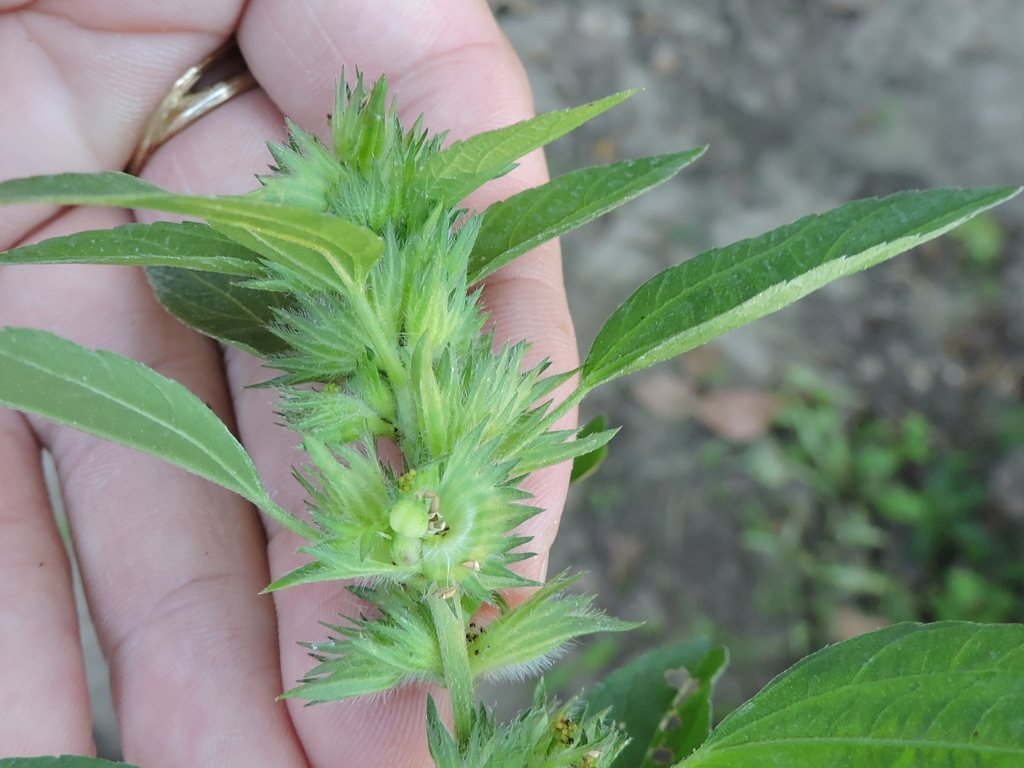Weed of the Week
go.ncsu.edu/readext?801156
en Español / em Português
El inglés es el idioma de control de esta página. En la medida en que haya algún conflicto entre la traducción al inglés y la traducción, el inglés prevalece.
Al hacer clic en el enlace de traducción se activa un servicio de traducción gratuito para convertir la página al español. Al igual que con cualquier traducción por Internet, la conversión no es sensible al contexto y puede que no traduzca el texto en su significado original. NC State Extension no garantiza la exactitud del texto traducido. Por favor, tenga en cuenta que algunas aplicaciones y/o servicios pueden no funcionar como se espera cuando se traducen.
Português
Inglês é o idioma de controle desta página. Na medida que haja algum conflito entre o texto original em Inglês e a tradução, o Inglês prevalece.
Ao clicar no link de tradução, um serviço gratuito de tradução será ativado para converter a página para o Português. Como em qualquer tradução pela internet, a conversão não é sensivel ao contexto e pode não ocorrer a tradução para o significado orginal. O serviço de Extensão da Carolina do Norte (NC State Extension) não garante a exatidão do texto traduzido. Por favor, observe que algumas funções ou serviços podem não funcionar como esperado após a tradução.
English
English is the controlling language of this page. To the extent there is any conflict between the English text and the translation, English controls.
Clicking on the translation link activates a free translation service to convert the page to Spanish. As with any Internet translation, the conversion is not context-sensitive and may not translate the text to its original meaning. NC State Extension does not guarantee the accuracy of the translated text. Please note that some applications and/or services may not function as expected when translated.
Collapse ▲This week’s weed is Virginia copperleaf (Acalypha virginica L.) which is part of the spurge family. This upright summer annual is found in disturbed/waste areas, cultivated fields, landscapes, nursery crops, meadows, and woodlands – literally EVERYWHERE! Virginia copperleaf has alternate leaves with shallow rounded teeth on their margins. Leaves start off ovate in shape and become more lanceolate in shape with maturity. The small, green, monoecious flowers of this weed show from June to October, forming in clusters around the leaf axils. The female flowers are surrounded by smaller modified leaves called bracts which help cover the 3-chambered seed pod that develops after flowering. This weed is actually considered a native, attracting songbirds to their seed pods! Virginia copperleaf gets its name from the distinct copper colored pigmentation it develops on younger leaves when growing in sunny locations.
The best management strategy for this weed is hand-weeding and then applying mulch because it has small taproots that easily pull up. On a larger scale, management with a basic chemical broadleaf weed control (such as glyphosate – Roundup) will work. As always, remember that when using any chemicals, please read and follow all labels and instructions! If you need any help or have questions about how/when to apply, or which chemicals you can use and where, just call our office! We will be happy to help!






